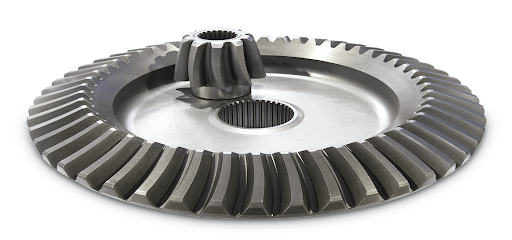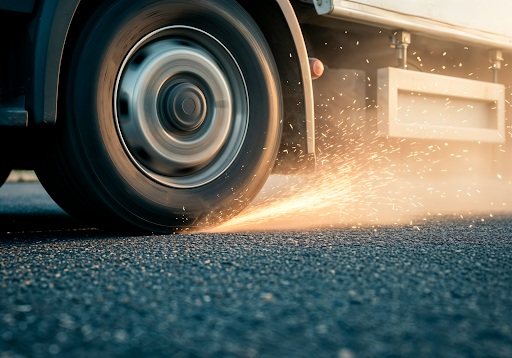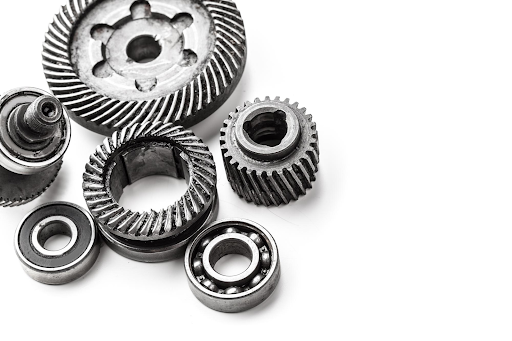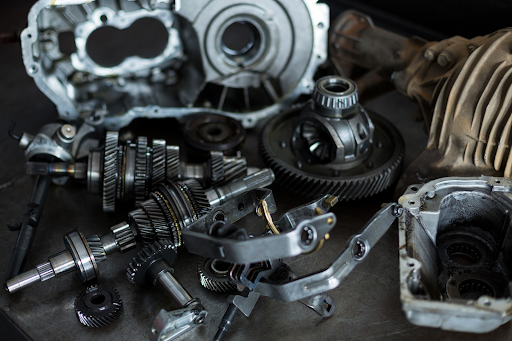Table of Contents:-
Common Myths and Misconceptions About Synchro Cones
Myth 1: Synchro Cones Are Indestructible
Myth 2: All Synchro Cones Are the Same
Myth 3: Synchro Cones Don’t Affect Driving Performance
Myth 4: You Need to Replace Synchro Cones When They Break
Myth 5: You Can Ignore Synchro Cone Wear in Older Vehicles
Myth 6: Synchro Cones Don’t Need Lubrication
Myth 7: Replacing Synchro Cones Is a DIY Job
Myth 8: You Can Fix Synchro Cones Instead of Replacing Them
Myth 9: Synchro Cones Are a One-Time Replacement
Ensure Smooth Shifts with High-Quality Synchro Cones from TGP India
A synchro cone has a significant impact on the smooth operation of manual transmissions in Tata Motors commercial vehicles. These small key parts sync the speed of gears before they engage. This prevents grinding and makes sure shifts are seamless. However, despite their importance, many myths and misconceptions exist about synchro cones. Here, we’ll debunk some of the most common myths, helping you better understand these critical parts.
Myth 1: Synchro Cones Are Indestructible
One of the most prevalent misconceptions is that synchro cones are indestructible. While synchro cones are made from durable materials and designed to withstand significant wear and tear, they are not immune to damage. Prolonged use, improper handling, or a lack of maintenance can lead to wear and tear, eventually causing the synchro cone to fail. It’s important to regularly inspect your transmission components and replace worn-out parts before they lead to more significant issues.
Myth 2: All Synchro Cones Are the Same
Another common misconception is that all synchro cones are the same. In truth, synchro cones differ in quality, material, and design based on the manufacturer and the specific commercial vehicle model. Some synchro cones are made from better materials that provide improved durability and performance, while others might wear out faster. When you need to replace synchro cones, it’s crucial to pick high-quality parts that match your Tata Motors commercial vehicle’s transmission to ensure it works its best.
Myth 3: Synchro Cones Don’t Affect Driving Performance
Some people believe that synchro cones have little to no impact on driving performance. This couldn’t be further from the truth. A worn or damaged synchro cone can cause difficulty in shifting gears, leading to a rough driving experience. If your Tata Motors commercial vehicle is experiencing gear grinding, delayed shifts, or a lack of smoothness when changing gears, it could be due to a failing synchro cone. Replacing it with a high-quality synchro cone will restore the smoothness of your shifts and improve overall driving performance.
Myth 4: You Need to Replace Synchro Cones When They Break
While it’s true that a failed synchro cone requires immediate replacement, it’s a misconception that they only need attention when they break down. Regular checks and upkeep can spot wear before it causes a complete breakdown. By fixing problems, you can stop more damage to the transmission and avoid big repair bills. Replacing synchro cones as part of regular maintenance will keep your transmission running well and make your car last longer.
Myth 5: You Can Ignore Synchro Cone Wear in Older Vehicles
Some commercial vehicle owners believe that synchro cone wear is only a concern in newer cars and that older commercial vehicles can operate just fine with worn synchro cones. This is a dangerous misconception. Even in older commercial vehicles, worn synchro cones can lead to significant transmission issues, including gear slippage and difficulty in shifting. Ignoring synchro cone wear can also lead to damage to other transmission components, resulting in more expensive repairs down the line. Regardless of your commercial vehicle’s age, it’s essential to keep synchro cones in good working condition.
Myth 6: Synchro Cones Don’t Need Lubrication
There’s a common belief that synchro cones don’t need lubrication. In reality, lubricating them plays a key role in keeping them running and lasting longer. Lubrication helps cut down on friction between the cone and gear, which stops too much wear and heat from building up. If you don’t lubricate synchro cones enough, they can wear out faster, which might make them break down too soon. To keep your synchro cones well-lubricated, make sure to check and change your commercial vehicle’s transmission fluid.
Myth 7: Replacing Synchro Cones Is a DIY Job
While some vehicle enthusiasts might feel confident in tackling repairs on their own, replacing synchro cones is a task best left to professionals. The process involves disassembling the transmission, which requires specialized tools and knowledge. Incorrect installation can lead to further damage and potentially dangerous driving conditions. To ensure the job is done correctly and safely, it’s advisable to have synchro cone replacement performed by a qualified mechanic.
Myth 8: You Can Fix Synchro Cones Instead of Replacing Them
People often think you can fix damaged synchro cones instead of swapping them out. The truth is, when a synchro cone wears out or gets damaged, you need to replace it. Repairing a synchro cone is not feasible, as the precision and material integrity required for proper function cannot be restored. If you try to repair a synchro cone, you might end up causing more harm to the transmission and putting your car’s safety and performance at risk.
Myth 9: Synchro Cones Are a One-Time Replacement
Some people believe that once they replace a synchro cone, they won’t have to worry about it again. While high-quality synchro cones can last a long time, they are still subject to wear and will eventually need replacement, especially if the commercial vehicle is driven frequently or under strenuous conditions. It’s essential to monitor the condition of your synchro cones regularly and replace them as needed to avoid transmission problems.
Ensure Smooth Shifts with High-Quality Synchro Cones from TGP India
Your Tata Motors commercial vehicle’s performance and safety are directly tied to the health of its transmission components, including synchro cones. Don’t let myths and misconceptions compromise your driving experience. At TGP India, we offer top-quality synchro cones that are designed to meet the highest standards of durability and performance. Whether you need replacement parts or expert advice, our team is here to help. Contact us today to learn more about our premium synchro cones and ensure your Tata Motors commercial vehicle shifts smoothly and efficiently!
Also Read:- Common Issues with Crown Wheel and Pinion and How to Address Them





